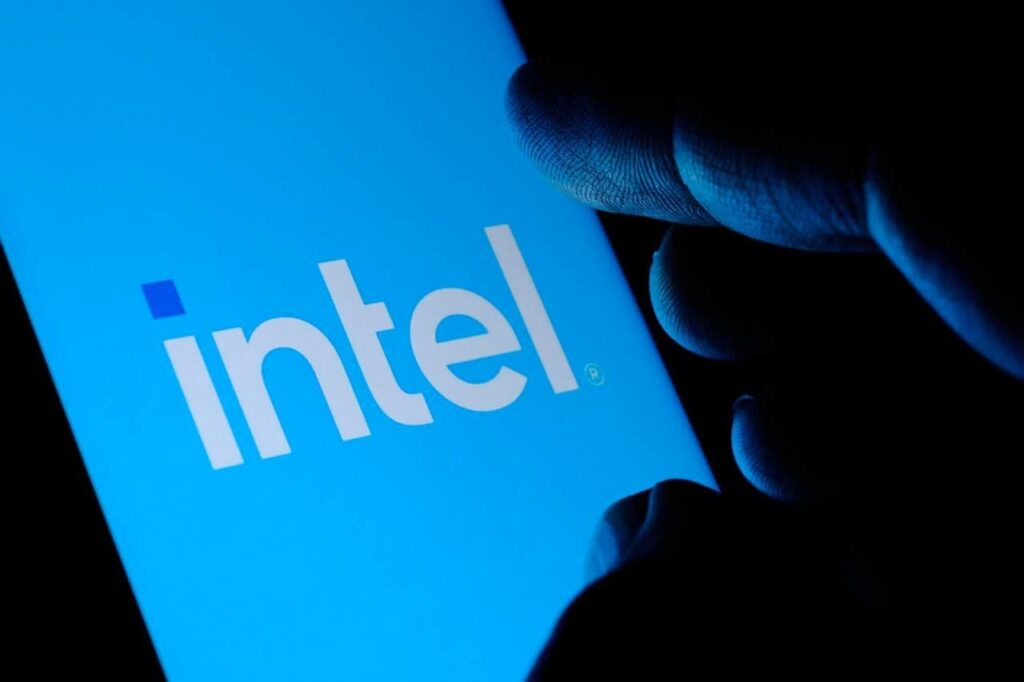Intel Corporation (NASDAQ: INTC) saw a dramatic decline in its stock price following the release of its Q2 earnings report, which fell short of expectations and revealed extensive restructuring plans.
The string of disappointing announcements has prompted a wave of updates to analysts’ assessments of Intel and its future prospects, leading several leading financial firms to significantly lower their price targets for INTC stock.
The stock plummeted nearly 30% on Friday, marking its most significant single-day drop since 1982.
The company’s quarterly revenue of $12.83 billion missed the analyst forecast of $12.94 billion, while its guidance for the upcoming quarter was also revised downwards to a range of $12.5 billion to $13.5 billion, below the estimated $14.35 billion.
Moreover, Intel announced plans to lay off over 15% of its workforce by the end of 2024, aiming to cut operational expenses by more than $10 billion in the next year. These measures are part of a broader effort to realign its structure and improve efficiency amid challenging market conditions.
The disappointing earnings and restructuring news had a ripple effect across the global semiconductor industry, with a 2.4% drop in the Nasdaq.
Major players like Tokyo Electron, ASML Holding NV (NASDAQ: ASML), Nvidia (NASDAQ: NVDA), and Taiwan Semiconductor Manufacturing Company (NYSE: TSM) experienced significant declines, contributing to a downturn in their respective stock markets.
Bank of America revises Intel’s stock price target
In response to Intel’s lackluster Q2 results and uncertain outlook, several analysts have revised their assessments of the company’s stock as reported by Finbold.
Notably, Bank of America (NYSE: BAC) analysts downgraded the company’s stock from “Neutral” to “Underperform.” This downgrade reflects concerns about Intel’s ongoing profitability challenges, which are expected to persist through the 2026 fiscal year.
The analysts highlighted several critical issues, including Intel’s Integrated Device Manufacturer (IDM) structure, which is perceived as less competitive compared to more focused rivals such as Nvidia, AMD, and TSMC.
One of the key factors driving the downgrade is Intel’s lack of competitive artificial intelligence (AI) accelerators, which diminishes its appeal to major cloud customers.
The analysts also raised concerns about the potential unintended competitive consequences of Intel’s significant restructuring efforts, including the 15% reduction in headcount and cuts to capital expenditures.
Furthermore, Intel’s decision to suspend its dividend could make the stock less attractive to some investors.
As a result, Bank of America significantly lowered its earnings per share (EPS) forecasts for Intel for the fiscal years 2024, 2025, and 2026. The price objective for the stock was slashed from $35 to $23, reflecting the analysts’ cautious outlook on Intel’s near-term growth prospects.
Conclusion
Intel’s recent earnings report has cast a shadow over its future prospects, with significant restructuring plans and missed revenue targets leading to a sharp decline in its stock price.
The company’s strategic challenges, particularly in the competitive AI and semiconductor markets, have prompted analysts to lower their expectations for Intel’s performance in the coming years.
As Intel navigates these turbulent times, its ability to realign its operations and regain investor confidence will be crucial in determining its long-term success.
Disclaimer: The content on this site should not be considered investment advice. Investing is speculative. When investing, your capital is at risk.






